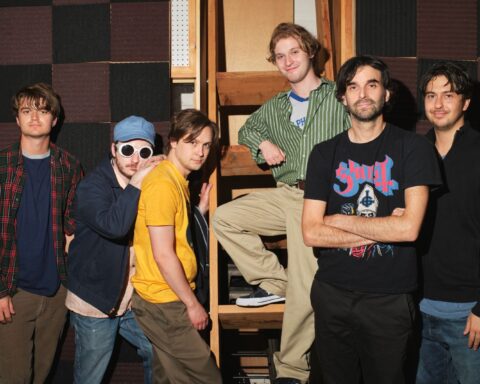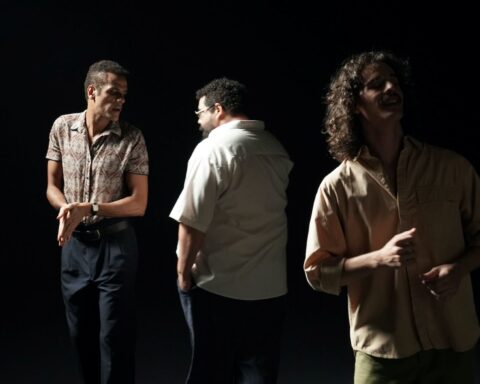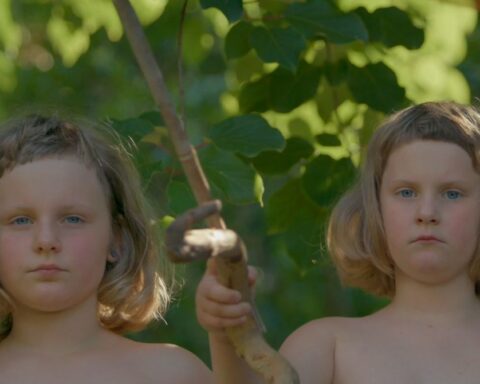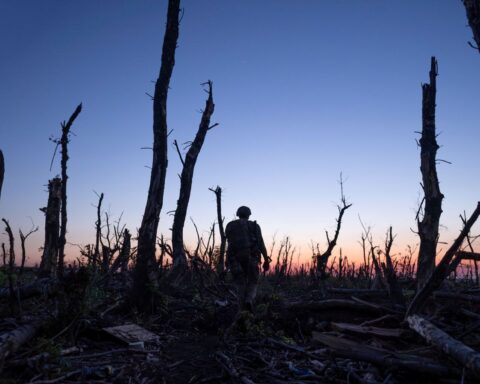That Cloud Never Left
(India, 65 min.)
Dir. Yashaswini Raghunandan
Director Yashaswini Raghunandan has a perceptive sense of humour. Her film That Cloud Never Left opens with a title card that reads, “This is a work of fiction. Only people, places, and the work are real. For the rest, any resemblance to anything that might have actually happened or dreamt of is purely co-incidental.”
The joke, or one of them, is that That Cloud Never Left has little in terms of story. It has people places, things, and labour in spades. Narrative, however, isn’t the point. Whatever exists in terms of “fiction” is therefore subjective. Perhaps the blood moon that appears partway through is merely a cinematic apparition. However, there’s little to differentiate the eclipse from the filters that set the screen awash in vibrant red in the film’s hypnotic introduction. Fiction might be an act of how one perceives the world, or it might simply be as malleable as the clay that some characters of Raghunandan’s film mould and sculpt throughout the odyssey.
This intoxicating hybrid film evokes the work of Andrea Bussmann, particularly her recent docufiction fable Faust, which provocatively transported a classic story to a world of migrants and told the tale in their vernacular. That Cloud Never Left similarly evokes this interplay between myth and reality by giving cinematic images second lives through the tactile artistry of manual labour. Without romanticising their work, the film poetically observes Indian villagers as they refurbish a reel of 35mm film into hand-made toys. The centrepiece of the film is a cinematic symphony of the sounds of their endeavours as feet sculpt mud, machetes chop reeds, hatchets split rods, and hands soak and shake the instruments in red dye. Rhythmically and hypnotically, it evokes the constructedness behind the images that enthrall audiences.
The approaching solar eclipse is something of a McGuffin, but Raghunandan evokes the red hues of the blood moon throughout the film. The colours speak to the power of perception and artifice in the frames through which one sees the world. Red lenses similarly appear throughout the construction of the children’s toys. One never really knows if That Cloud Never Left actually observes a true eclipse. However, as the aforementioned red lenses filter the frames that are extracted from the film reel and transformed into toys, Raghunandan riffs on the handheld creation of the toys and the tactility of cinema. The fleeting images of the opening sequence are ruptured, fractured, and flickering shots that are tinted like the toys’ bamboo reeds. That Cloud Never Left reminds a viewer of the many unsung hands behind the constructions that entertain and inspire us.
That Cloud Never Left screens at Images Festival online (for free!) on Saturday, April 18 at 8:30 pm.
Please visit imagesfestival.com to access the screening and enjoy more films now through April 22.
Images Festival Trailer 2020 from Images Festival on Vimeo.











